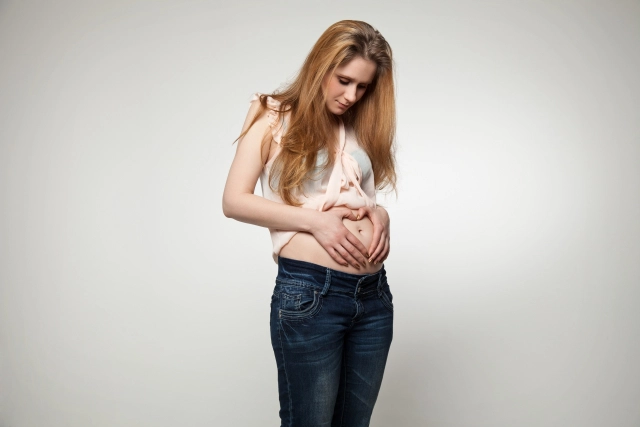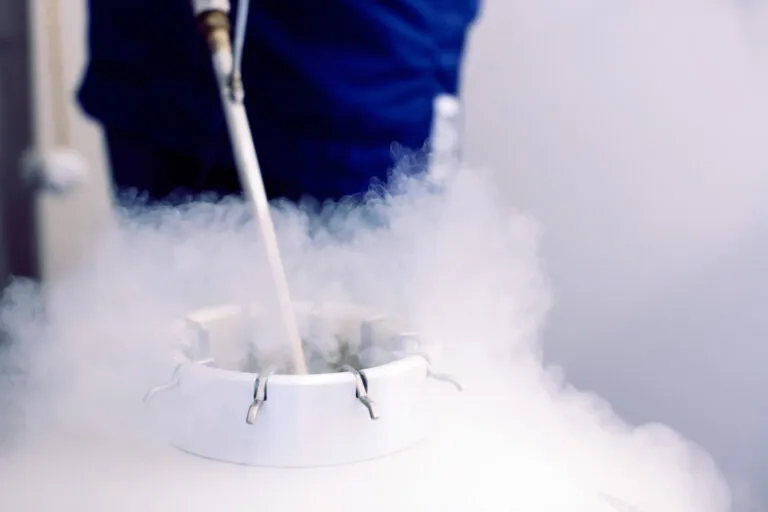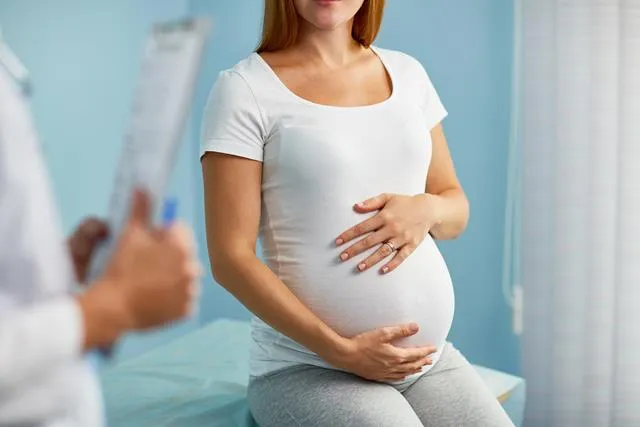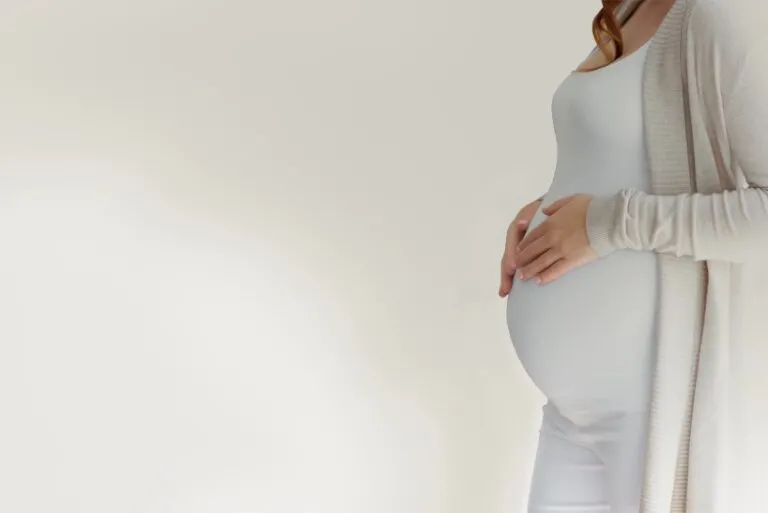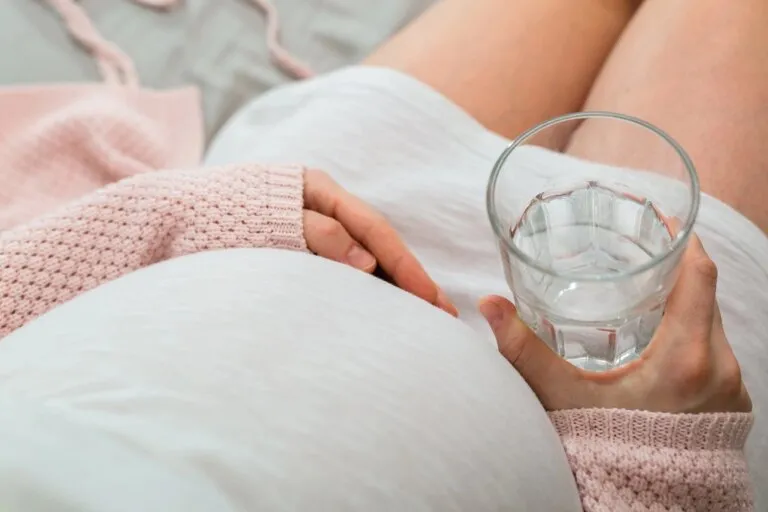Myomas are a gynecological disease that affects many women. They often do not cause symptoms, but in some cases they can complicate pregnancy and implantation of an embryo. Learn how to proceed if a woman with myomas is planning a pregnancy.
Myomas – what are they?
Myomas are a group of benign tumors consisting of muscle cells of the uterus. Depending on their location, myomas can be categorized as intramural, submucosal and subserosal. Many factors influence their occurrence, including genetic factors and adiposity. Not all myomas need to be treated surgically. Some of them, especially those that do not cause symptoms, are detected during regular ultrasound examinations by a gynecologist. For some women, myomas do cause symptoms. The most common are bleeding from the genital area between periods and heavy bleeding, which can even lead to anemia. Sometimes, especially for young women, the only symptom of fibroids is difficulty getting pregnant.
How do myomas affect pregnancy?
The most inconvenient in terms of pregnancy is the submucosal myoma. Other myomas, such as subserosal and intramural myomas, do not directly affect the endometrium unless they are of considerable size (>6 cm) and may lead to difficulties in embryo implantation. In addition, the persistence of such a myoma for the duration of pregnancy can lead to preterm delivery due to limited space in the uterine cavity. It is also a possible cause of postpartum hemorrhage, for example, due to uterine atony. Large myomas are also thought to increase the risk of abortion by cesarean section. However, the good news is that most myomas do not affect the onset of pregnancy or the pregnancy and birth itself.
I have a myoma – what should I do?
The treatment of the diagnosis of uterine myoma depends on many factors. These include the woman’s age, her desire to have a child, or the size of the lesions discovered. If a woman is trying to conceive and the myoma is suspected of interfering with implantation or pregnancy maintenance, the preferred solution is to remove (extrude) the myoma by hysteroscopy or laparoscopy. For older women and those who are not planning motherhood, one option is to remove the uterus – a hysterectomy. However, in most cases, especially for young women, the myomas are small and do not interfere with pregnancy. However, it is important to regularly visit the gynecologist, who will assess the size of the lesion by ultrasound and, if necessary, initiate appropriate treatment.



